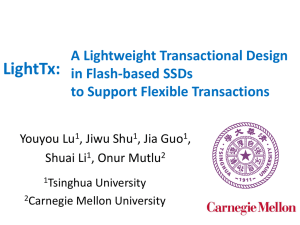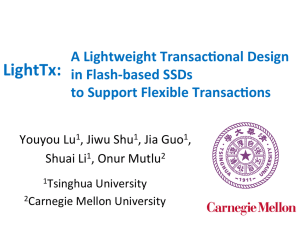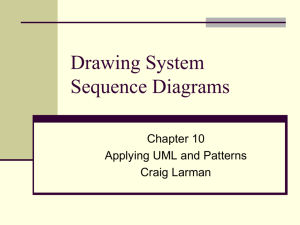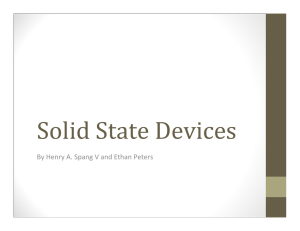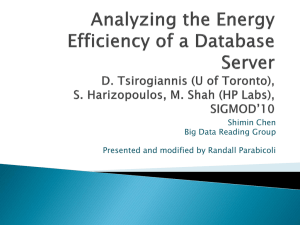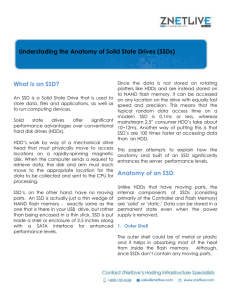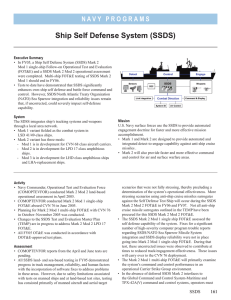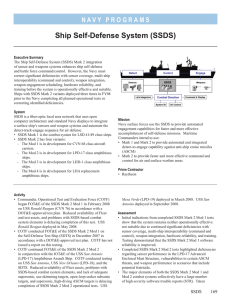Appendix L Quantitative approaches: Ongoing methodological
advertisement
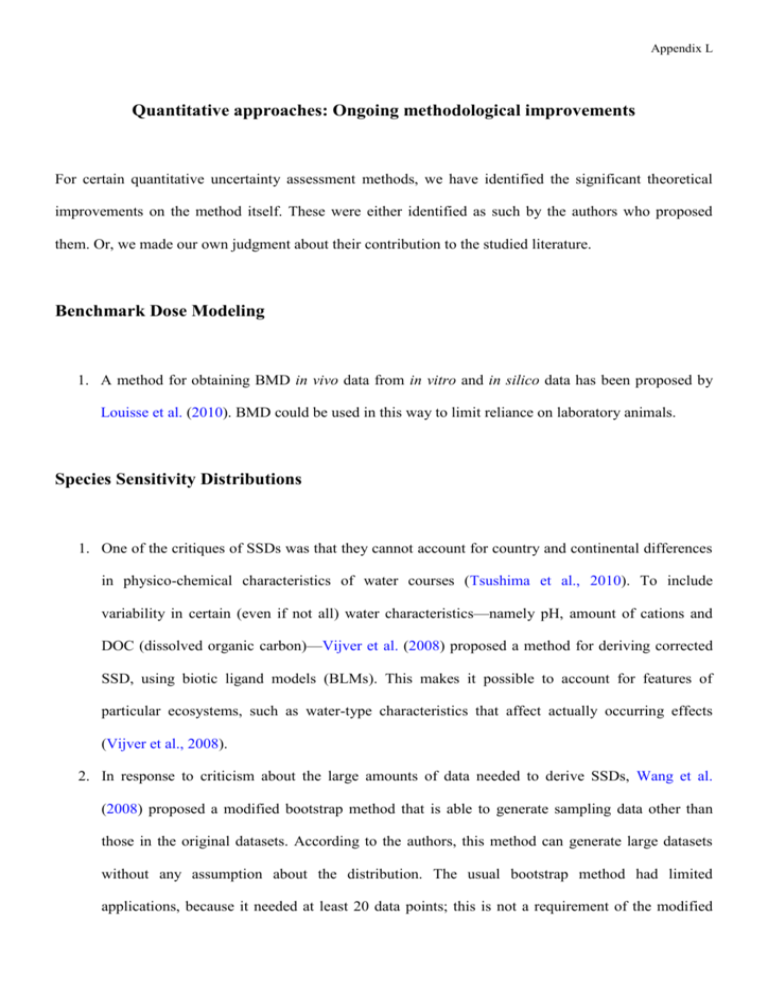
Appendix L Quantitative approaches: Ongoing methodological improvements For certain quantitative uncertainty assessment methods, we have identified the significant theoretical improvements on the method itself. These were either identified as such by the authors who proposed them. Or, we made our own judgment about their contribution to the studied literature. Benchmark Dose Modeling 1. A method for obtaining BMD in vivo data from in vitro and in silico data has been proposed by Louisse et al. (2010). BMD could be used in this way to limit reliance on laboratory animals. Species Sensitivity Distributions 1. One of the critiques of SSDs was that they cannot account for country and continental differences in physico-chemical characteristics of water courses (Tsushima et al., 2010). To include variability in certain (even if not all) water characteristics—namely pH, amount of cations and DOC (dissolved organic carbon)—Vijver et al. (2008) proposed a method for deriving corrected SSD, using biotic ligand models (BLMs). This makes it possible to account for features of particular ecosystems, such as water-type characteristics that affect actually occurring effects (Vijver et al., 2008). 2. In response to criticism about the large amounts of data needed to derive SSDs, Wang et al. (2008) proposed a modified bootstrap method that is able to generate sampling data other than those in the original datasets. According to the authors, this method can generate large datasets without any assumption about the distribution. The usual bootstrap method had limited applications, because it needed at least 20 data points; this is not a requirement of the modified Appendix L bootstrap regression method proposed in this paper. Another method intended to replace the bootstrap method when too few data are available has been proposed by Hayashi and Kashiwagi (2010), based on Bayesian techniques. 3. Other methods proposed in the literature for dealing with the data availability issue include: Awkerman et al. (2008) and Awkerman et al. (2009) used interspecies correlation estimation (ICE) models to predict toxicity values for untested species and build SSDs, starting from abundant laboratory rodent data and avian toxicity values. Barron et al. (2012) used QSAR estimates coupled with interspecies extrapolation modeling to generate additional species data for SSDs Ciffroy et al. (2013) proposed an alternative Bayesian technique that can estimate HC5 from small data sets and uses informative priors derived from past experience related to species sensitivity variance. According to the authors, the HC5 values obtained from informative Bayesian techniques are generally close to those obtained using a frequentist approach, but can be derived based on smaller data sets. Furthermore, this proposed method uses informative priors, while only non-informative, less performant methods were available in earlier literature. One of the critiques of this method was that it does not account for intraspecies variation, and is therefore not directly comparable with the frequentist SSD. This was done because there is a low probability of finding several data points for the same species. 4. There can be different reasons for variation in the toxicity of a chemical for different species, and these are not usually explained or made explicit by SSDs. To address the distinct contributions of the potency of the chemical and the vulnerability of exposed species, Jager et al. (2007) proposed a mechanism-oriented approach. According to the authors, this method could significantly reduce animal testing. Knowing the chemical’s ability to reach and affect sites of action in biological tissues would be enough to predict toxicity in a large range of species. Furthermore, the method may make it possible to assess toxicity from mixtures of chemicals that affect the same site of action. Appendix L 5. One of the assumptions needed to derive SSDs is that before observing the toxicity data for a substance, all species in an ecosystem have the same tolerance. To account for the nonexchangeability of the standard test species, Craig and Hickley (2012) proposed a new method. According to the authors, this new method is sufficiently simple that risk managers do not need to alter their usual approach and databases do not need frequent updating. 6. Kwok et al. (2008) proposed the use of field-based SSDs to overcome problems related to using laboratory data for benthic sediments, and to provide more environmentally realistic estimates. The advantage of this approach is to avoid two levels of extrapolation: laboratory-to-field and single chemical to mixtures of chemicals. 7. To account for ecological sensitivity of species (i.e., consider their ecological resilience, capacity to recover) in SSDs, Kefford et al. (2012) proposed a method adapted to risks from episodic exposures to chemicals. 8. Kefford et al. (2012) addressed the criticism that the representativeness of existing toxicity data for a particular species in a real ecosystem is unknown. Therefore, they derived SSDs based on actual assemblages of species that occur in selected regions, instead of species that happen to be tested for particular substances. 9. The time component is usually ignored in SSDs, and HC5s are usually treated as time invariant, which they are not. For this reason Fox and Billoir (2012) propose an adapted SSD modeling method to include the temporal component. Probabilistic Exposure Assessment: Frequentist methods To account for unique or rare situations, Bertuzzo et al. (2013) proposed a method adapted to irregular concentrations, punctuated by pulses characterized by pronounced peaks (well above the long-term water quality standards defined to protect aquatic organisms). Appendix L Probabilistic Exposure Assessment: Bayesian methods 1. Methods for robustly eliciting expert opinions to avoid heuristics and biases have been developed (Bogen et al., 2009) or are under development (Kennedy and Hart, 2009). These methods are particularly important when eliciting prior information, as changes in priors have dramatic impacts on the final result, as shown by sensitivity analysis conducted by Kennedy and Hart (2009). 2. To separate uncertainty and variability in the results, Kennedy (2010) used a two-dimensional Monte Carlo simulation with the Bayesian Markov Chain Monte Carlo.
